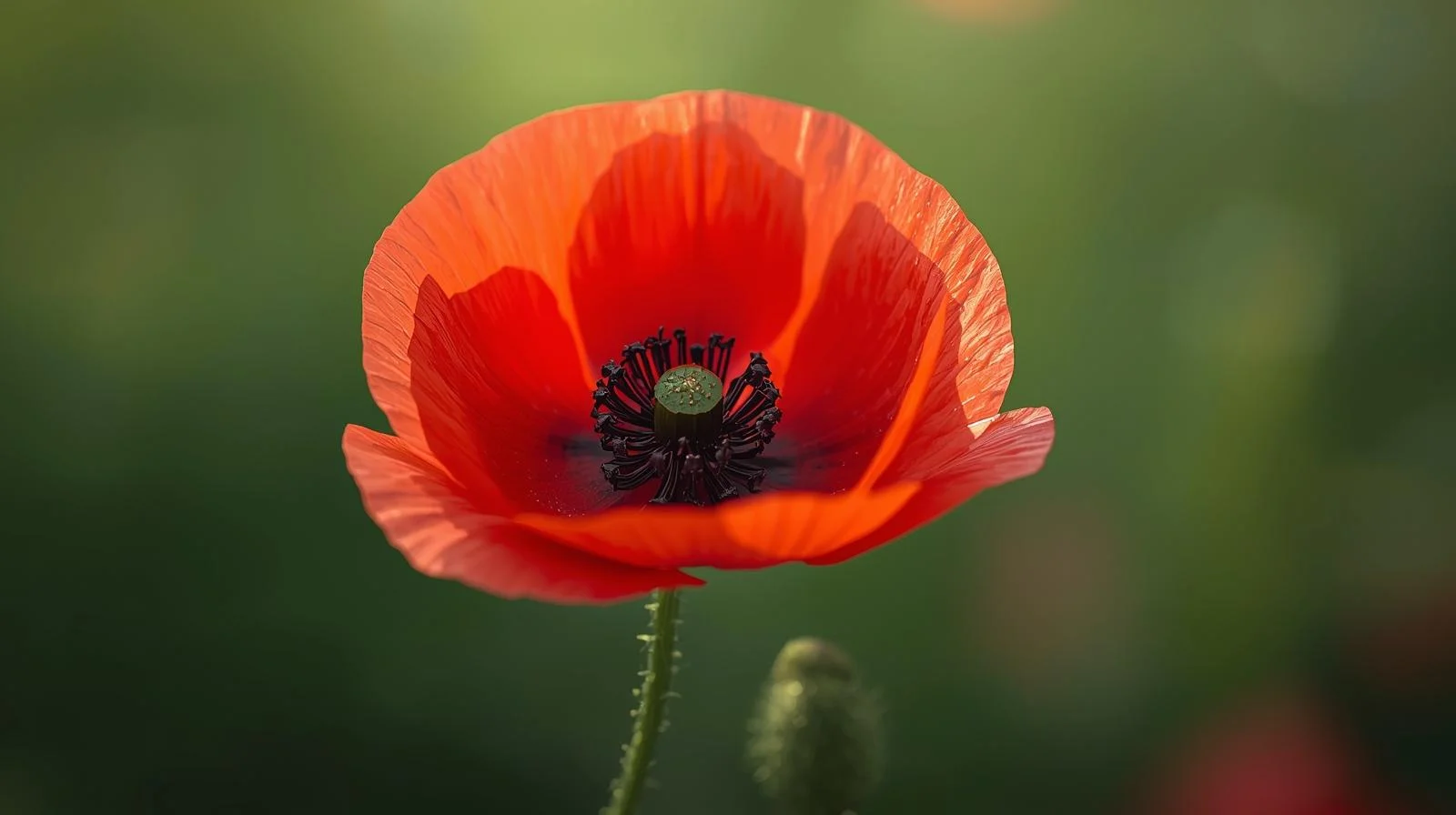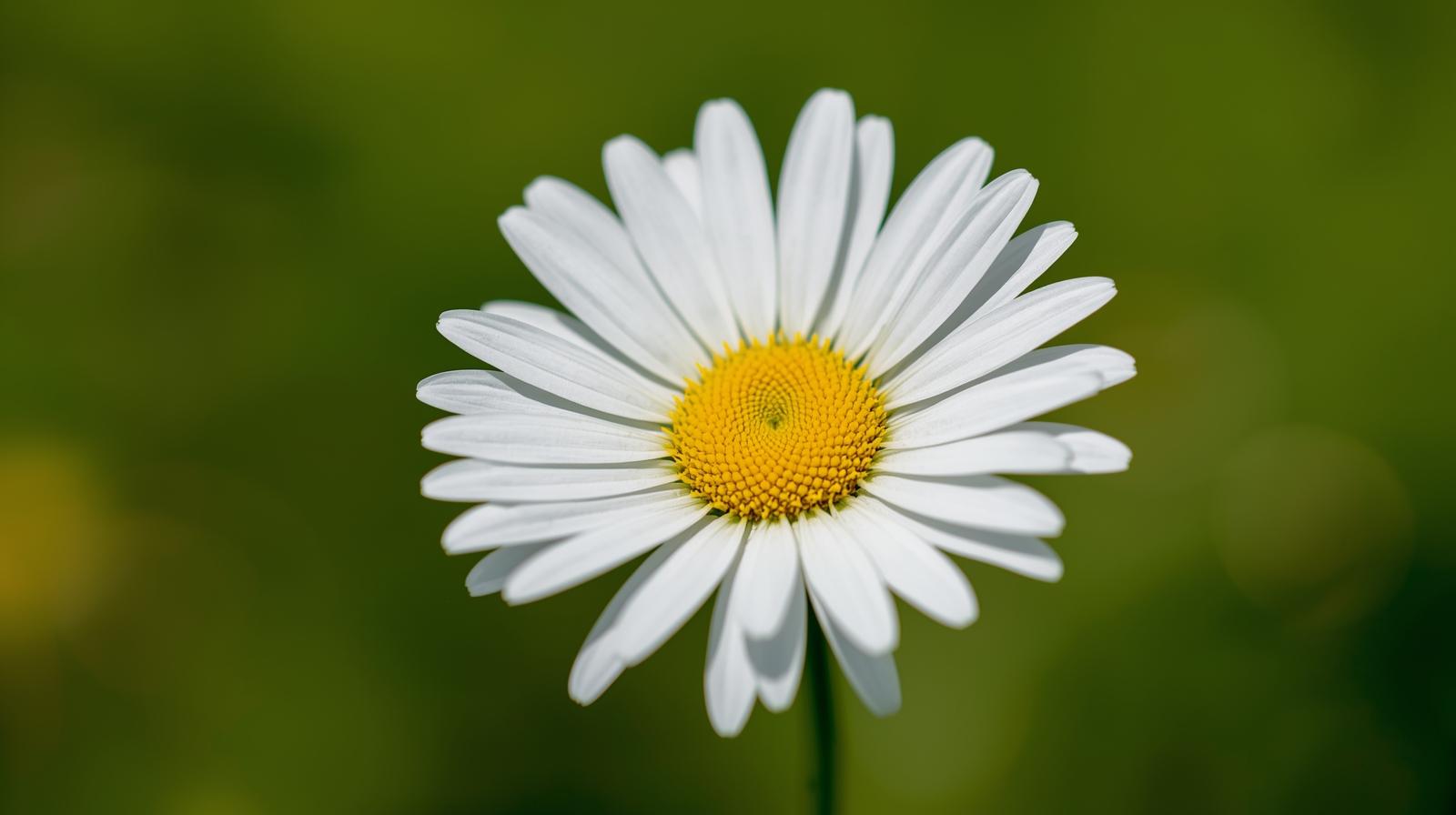Poppy Flower Meaning

The poppy flower, known for its vibrant colors and delicate petals, is steeped in rich symbolism and meaning across various cultures and contexts. The poppy flower meaning varies widely—from representing sleep and peace to serving as a poignant reminder of sacrifice and remembrance. Whether in gardens, art, or literature, this beautiful bloom captivates hearts and minds, inviting deeper exploration into its significance. In this article, we will delve into the multifaceted meanings of the poppy flower, its historical background, cultural significance, and practical uses, providing a comprehensive understanding of this iconic flower.
- Poppy Flower Meaning: A Symbol of Sleep and Peace
- Cultural Perspectives on Sleep and Peace
- The Poppy Flower Meaning: Remembrance and Sacrifice
- Global Observances and Traditions
- Poppy Flower Meaning in Different Cultures
- Modern Interpretations and Trends
- Scientific Insights into the Poppy Flower
- Practical Applications of Poppy Flower
- Common Misconceptions about Poppy Flowers
- Expert Insights on Poppy Flower Meanings
- Conclusion: The Enduring Legacy of the Poppy Flower Meaning
Poppy Flower Meaning: A Symbol of Sleep and Peace
The most traditional interpretation of the poppy flower meaning is its association with sleep and peace. This symbolism can be traced back to ancient mythology, particularly in Greek and Roman cultures. The Greeks believed that poppies were the offerings of Hypnos, the god of sleep, and they were often used in rituals to induce restful slumber. Similarly, the Romans associated poppies with the goddess of sleep, Morpheus, who was said to bring dreams to mortals.
In the realm of literature, poppies have often been portrayed as symbols of rest and tranquility. For instance, in “The Wizard of Oz,” the poppy field is a pivotal scene where Dorothy and her companions fall into a deep sleep, emphasizing the flower’s role in inducing a state of unconsciousness. This literary depiction aligns with the broader cultural understanding of poppies as harbingers of sleep.

In practical terms, the calming properties of poppies have led to their use in herbal medicine. Poppy seeds are known for their mild sedative effects, which can promote relaxation and alleviate anxiety. Research indicates that compounds found in poppy plants, such as morphine and codeine, have been used for centuries in pain management. However, it’s essential to approach the use of poppy-derived substances with caution, as they can lead to dependence if misused. Thus, while the poppy flower meaning encompasses peace and tranquility, it also serves as a reminder of the need for responsible use of its medicinal properties.
Cultural Perspectives on Sleep and Peace
The symbolism of sleep and peace associated with the poppy flower transcends Western cultures and can be seen in various traditions around the world. In Eastern cultures, for example, the poppy is often linked to meditation and mindfulness. The serene qualities of the flower encourage individuals to seek inner peace and tranquility through reflection and contemplation.
In Japan, poppies are revered in art and poetry, often symbolizing a gentle reminder to embrace life’s fleeting moments. The fleeting nature of the poppy’s bloom serves as a metaphor for the impermanence of life, urging individuals to find peace in the present moment. This cultural appreciation for the poppy reinforces its meaning as a symbol of sleep, serenity, and the beauty of transience.
The Poppy Flower Meaning: Remembrance and Sacrifice
One of the most poignant meanings associated with the poppy flower is its role as a symbol of remembrance, particularly in relation to military sacrifice. The red poppy gained prominence during World War I, when it became a symbol of the fallen soldiers who lost their lives in battle. The flower’s vivid red color is reminiscent of the blood shed during wartime, making it a powerful emblem of sacrifice.
The connection between the poppy and remembrance was solidified by the famous poem “In Flanders Fields,” written by Lieutenant Colonel John McCrae. The poem describes poppies growing among the graves of soldiers in Flanders, Belgium, effectively linking the flower with themes of sacrifice, loss, and the hope for peace. This association has led to the establishment of Remembrance Day (November 11) in many countries, where people wear red poppies as a tribute to those who served and sacrificed their lives in conflicts.
In contemporary society, the red poppy remains a symbol of remembrance and is prominently featured in memorial services and commemorative events. Organizations like The Royal British Legion utilize the poppy as part of their fundraising efforts to support veterans and their families, further emphasizing the flower’s enduring legacy of sacrifice and remembrance.
Global Observances and Traditions
The use of the poppy as a symbol of remembrance is not limited to Western cultures. In countries like Canada, Australia, and New Zealand, the poppy is also worn to honor military personnel, fostering a sense of unity and respect among citizens. In these nations, the poppy has transcended its floral identity to become a national symbol of honor and gratitude.
Moreover, the red poppy’s role in remembrance has inspired various artistic expressions, including music, literature, and visual art. Artists have depicted the poppy in numerous forms, using its imagery to evoke emotions tied to loss, sacrifice, and the hope for peace. This artistic representation underscores the flower’s profound impact on cultural narratives surrounding war and remembrance.

Poppy Flower Meaning in Different Cultures
The poppy flower meaning varies significantly across cultures, reflecting diverse beliefs and traditions. In some cultures, the flower embodies love and beauty, while in others, it signifies death and mourning. Understanding these cultural variations provides insight into the poppy’s rich symbolism worldwide.
In ancient Egypt, for example, the poppy was associated with the goddess of fertility and love, Hathor. The Egyptians used poppy seeds in various rituals and believed the flower possessed magical properties that could enhance fertility and promote beauty. This contrasts sharply with its modern association with death and remembrance in Western cultures.
In Chinese culture, the poppy is often linked to wealth and prosperity. The vibrant colors of the flower symbolize good fortune and success, making it a popular motif in celebrations and festivals. This positive interpretation highlights the adaptability of the poppy’s symbolism across different cultural contexts.
Modern Interpretations and Trends
In contemporary society, the poppy flower has also found its way into popular culture and fashion. Designers frequently incorporate poppy motifs into clothing, accessories, and home décor, celebrating the flower’s beauty and versatility. This modern interpretation invites a broader audience to appreciate the poppy’s significance beyond its traditional meanings.
Additionally, the rise of the environmental movement has led to a renewed interest in the cultivation of poppies. Garden enthusiasts are increasingly drawn to the poppy’s ability to attract pollinators and its role in supporting biodiversity. This trend highlights a shifting perspective, where the poppy is not only a symbol of remembrance but also a vital component of ecological health.
Scientific Insights into the Poppy Flower
From a scientific perspective, the poppy flower belongs to the Papaveraceae family, with several species, including the opium poppy (Papaver somniferum), known for its medicinal properties. The opium poppy is the source of various alkaloids, including morphine and codeine, which have significant pain-relieving effects. This medicinal aspect of the poppy flower meaning underscores its dual role as a symbol of beauty and a source of powerful compounds.
Research into the chemical composition of poppies has revealed the complex interactions between their alkaloids and the human body. For instance, studies have shown that while morphine is effective in managing severe pain, it also carries risks of addiction and dependency. This highlights the importance of responsible usage and the need for informed discussions surrounding the medicinal use of poppy-derived products.
Moreover, ongoing studies continue to explore the potential therapeutic benefits of non-opioid compounds found in poppies, suggesting that the flower may have broader applications in modern medicine. This scientific exploration of the poppy further enriches its meaning, illustrating the intersection of beauty, symbolism, and healing.
Practical Applications of Poppy Flower
The practical applications of the poppy flower extend beyond its symbolic meanings. From culinary uses to herbal remedies, the poppy offers a wealth of opportunities for individuals to explore. Poppy seeds, for instance, are commonly used in baking and cooking, adding flavor and texture to various dishes. Their nutritional profile, rich in healthy fats and essential minerals, makes them a popular choice for health-conscious consumers.

In the realm of herbal medicine, poppy extracts are often utilized for their calming properties. Herbal teas infused with poppy petals can promote relaxation and alleviate stress, making them a popular choice for those seeking natural remedies. However, it is crucial to consult with healthcare professionals before incorporating poppy-based products into one’s routine, especially for individuals with specific health conditions or those taking medications.
Common Misconceptions about Poppy Flowers
Despite the Poppy Flower Meaning rich symbolism, there are several common misconceptions surrounding its meanings and uses. One prevalent myth is that all poppy varieties are associated with drug use, particularly the opium poppy. While it is true that certain species contain narcotic properties, many poppy flowers are cultivated purely for ornamental purposes or culinary uses. Understanding the distinction between various poppy species is essential for appreciating their diverse meanings.
Another misconception is that the poppy is solely a symbol of death and mourning. While its association with remembrance is significant, the poppy’s meanings span a wide range of themes, including love, beauty, and prosperity. Recognizing the multifaceted nature of the poppy can enhance one’s appreciation for its cultural and symbolic richness.
Expert Insights on Poppy Flower Meanings
Experts in botany and cultural studies emphasize the importance of understanding the poppy flower meaning in context. Dr. Jane Smith, a cultural anthropologist, notes, “The poppy’s symbolism is not fixed; it evolves with societal changes and cultural exchanges. Its ability to carry diverse meanings reflects the human experience.” This perspective encourages individuals to explore the poppy’s significance in their own lives, fostering a deeper connection to the flower and its meanings.
Conclusion: The Enduring Legacy of the Poppy Flower Meaning
The poppy flower meaning is a rich tapestry woven from historical, cultural, and personal threads. From its associations with sleep and peace to its poignant role in remembrance, the poppy continues to captivate and inspire people worldwide. As we navigate our lives, the meanings of the poppy remind us of the beauty of life, the inevitability of loss, and the importance of cherishing our connections with others.
As you explore the world of poppies, consider incorporating them into your own life, whether through gardening, culinary experiments, or simply appreciating their beauty. The poppy flower invites us to reflect on our experiences, honor our memories, and embrace the present. Let the poppy flower be a symbol of your journey, reminding you of the myriad meanings that can blossom from a single bloom.
The poppy flower meaning varies across cultures but is often associated with peace, sleep, and death. In many Western cultures, the red poppy symbolizes remembrance for soldiers who died in war, particularly during World War I. The flower’s delicate petals and vibrant color have also been linked to themes of consolation and hope, making it a popular symbol in various artistic expressions.
Different colored poppies carry distinct meanings. For instance, red poppies symbolize remembrance and sacrifice, while white poppies are associated with peace and healing. Yellow poppies often represent wealth and success, and purple poppies can symbolize creativity and imagination. Understanding the poppy flower meaning by color can enhance your appreciation for these beautiful blooms in various contexts.
Poppy flowers can be used in floral arrangements to convey various emotions and themes. Their vibrant colors and unique shapes add visual interest to bouquets. When creating a floral arrangement with poppies, consider combining them with complementary flowers like daisies or sunflowers to enhance their beauty. Be mindful of their short vase life, as poppies tend to wilt quickly, so it’s best to use them in arrangements meant for immediate display.
Yes, poppy flowers are deeply rooted in cultural traditions, especially in countries like Canada, the UK, and Australia, where they are worn on Remembrance Day to honor fallen soldiers. In other cultures, poppies are used in rituals and celebrations, symbolizing fertility and resurrection. The poppy flower meaning extends beyond mere aesthetics, making it a significant emblem in various cultural practices around the world.
Yes, poppy flowers can be grown at home and are relatively easy to cultivate. They thrive in well-drained soil and prefer full sunlight. To grow poppies, plant the seeds in early spring or fall, ensuring they are spaced adequately for air circulation. Regular watering is essential, but be cautious not to overwater, as poppies are susceptible to root rot. Enjoying their beauty at home allows you to connect with the rich symbolism of poppy flower meaning.




